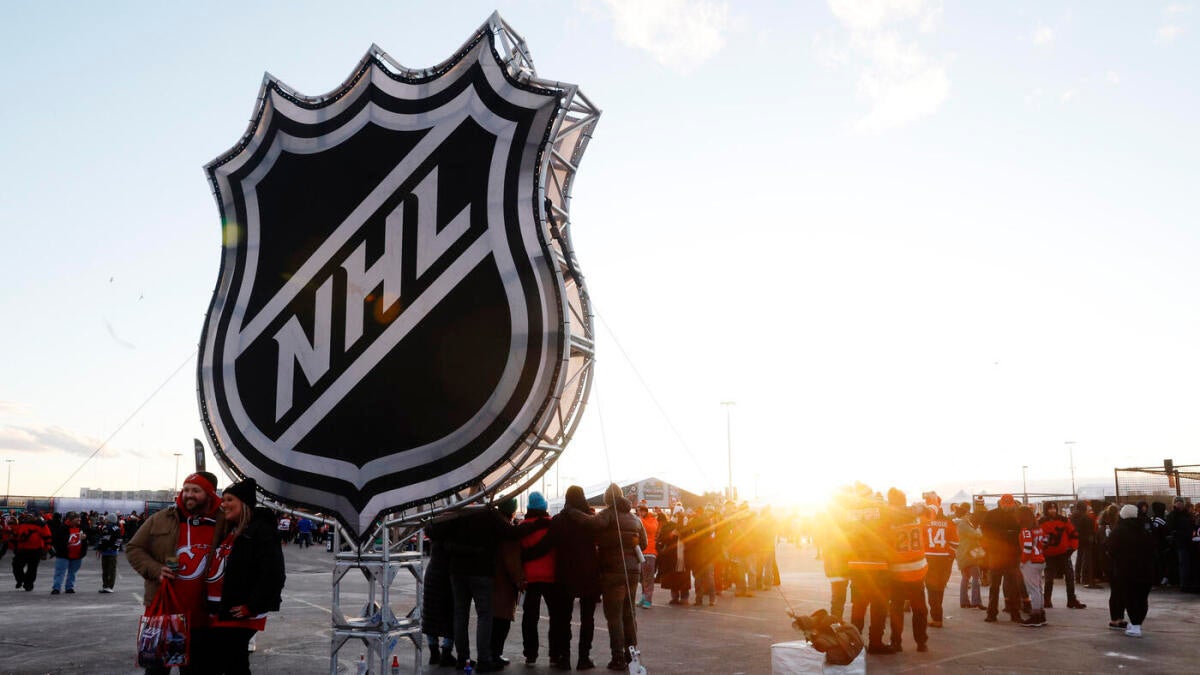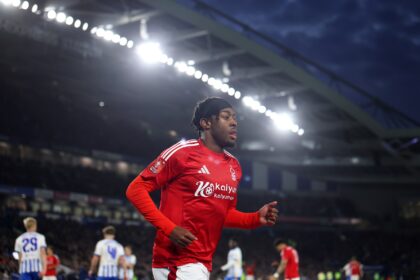The NHL and the NHL Players’ Association are currently in talks about possibly reinstating an 84-game regular season, according to a report by ESPN’s Greg Wyshynski and Kevin Weekes. These potential scheduling changes are part of ongoing collective bargaining agreement (CBA) negotiations between the league and the players’ union, with any new format likely to take effect after the current CBA expires on September 15, 2026. If agreed upon, this would bring back the 84-game schedule, which was briefly used between 1992 and 1994 and included two additional neutral-site games for each team. However, it is unclear how the league plans to schedule these extra games as some teams have raised concerns about an uneven number of matchups against divisional rivals.
Internally, the NHL has been considering expanding the schedule over recent years, possibly increasing divisional rivalries by including four games against these rivals and ensuring all teams meet at least once. The NHLPA has raised concerns about the physical toll of an extended schedule, prompting the league to possibly reduce preseason games if the 84-game plan is approved.
NHL Commissioner Gary Bettman mentioned that CBA talks are progressing well but did not specify a timeline for reaching an agreement. NHLPA Executive Director Marty Walsh also described negotiations as productive with no significant conflicts so far. Besides the schedule, other CBA topics under discussion include adjusting maximum contract length, eliminating deferred contracts, formalizing emergency backup goalie roles, revising revenue sharing and draft rules, and tweaking player eligibility.
Bettman also confirmed that the NHL is not currently pursuing expansion team applications and highlighted the league’s interest in international initiatives like the upcoming World Cup and potential All-Star events.
Fan Take: This potential return to an 84-game season is significant for hockey fans because it could reinvigorate the regular season with more games and enhanced rivalries, boosting excitement and engagement. However, the league must carefully balance competitiveness with player health to ensure the sport remains fast-paced and thrilling without risking burnout.



